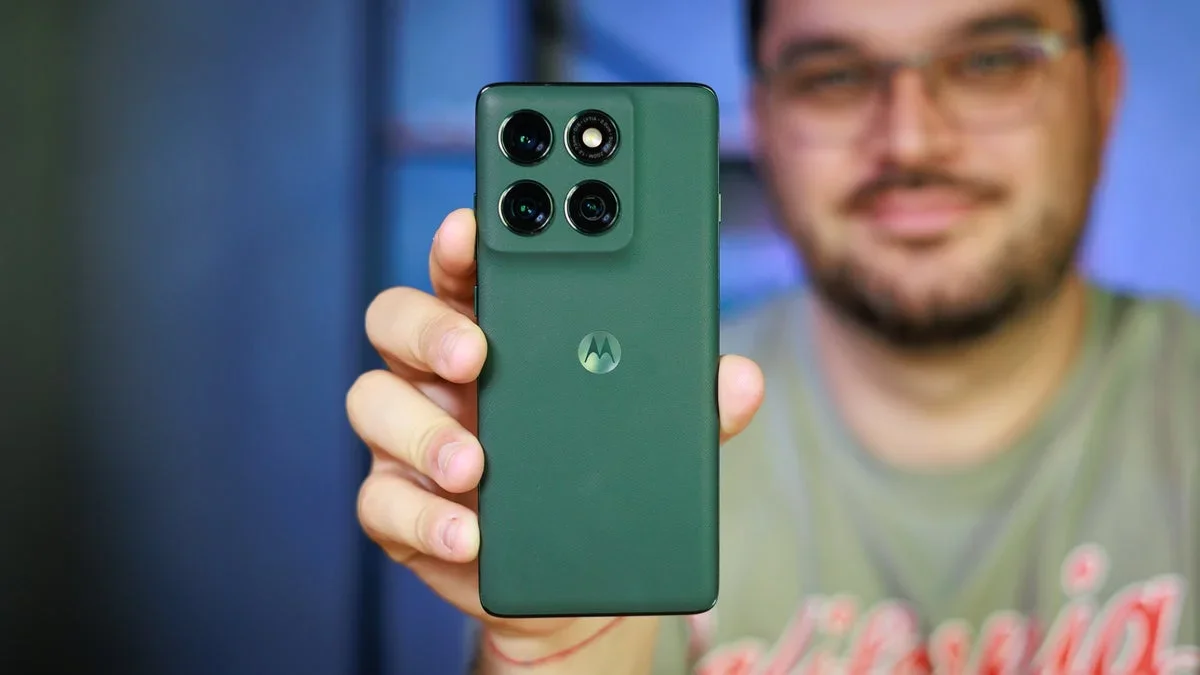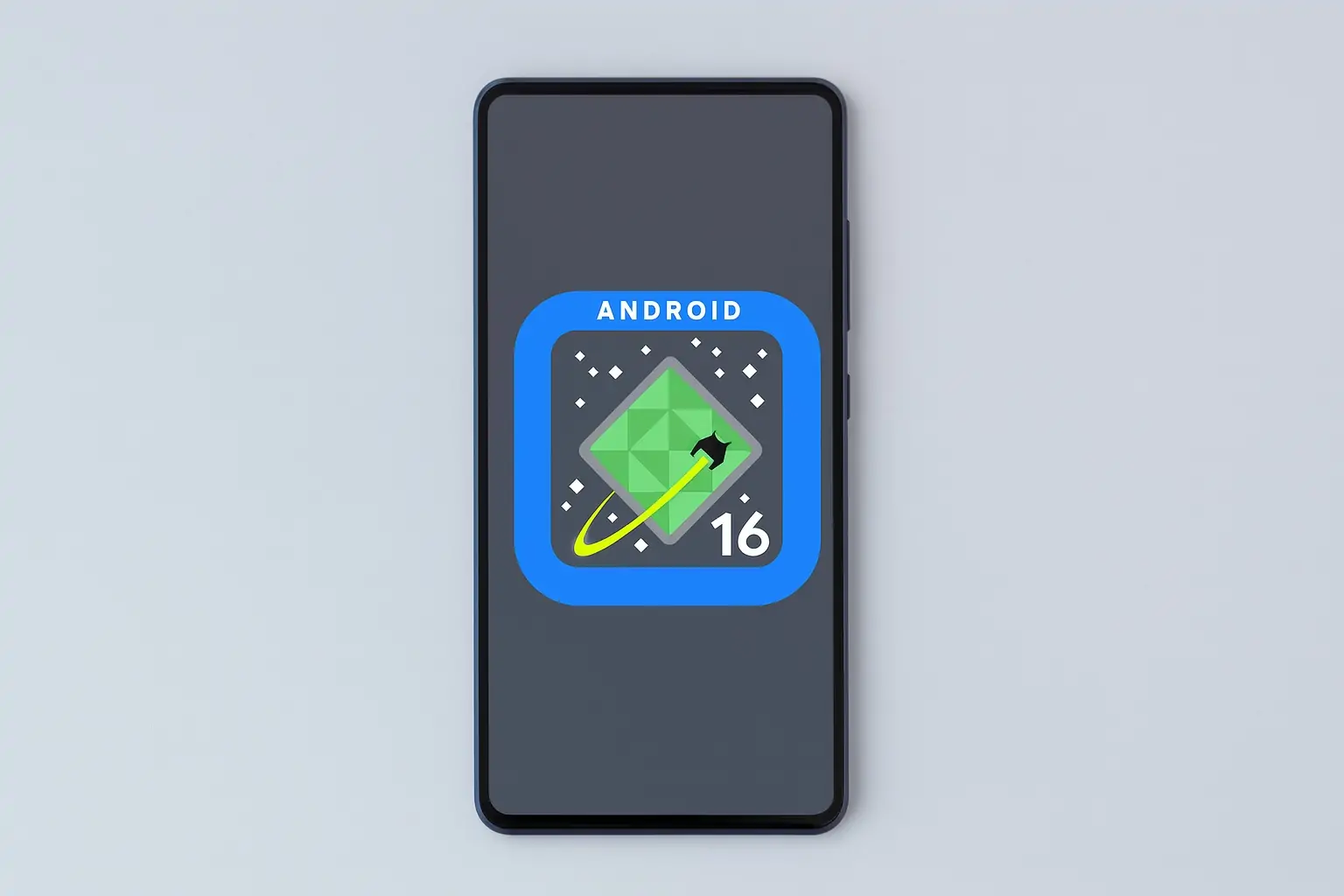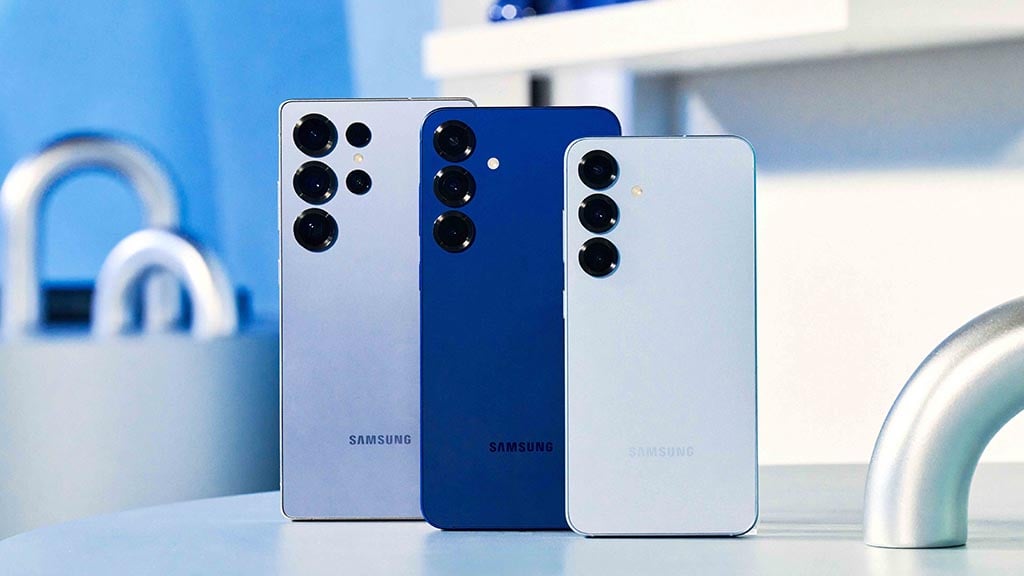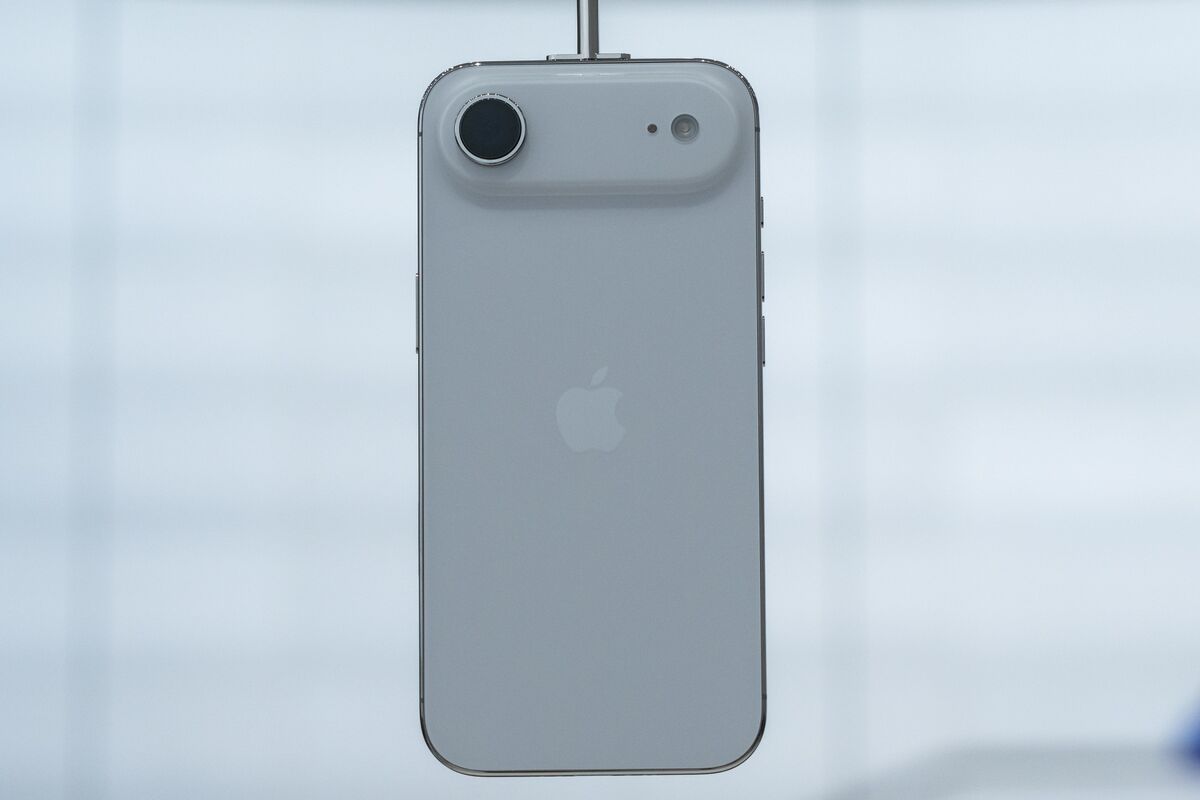Following lackluster sales of the Galaxy S25 Edge, Samsung is said to be shutting down the Edge series.
What you should know:
– Samsung has reportedly halted plans for the Galaxy S26 Edge due to weak sales of the Galaxy S25 Edge.
– The Galaxy S25 Edge faced commercial difficulties, prompting Samsung to scale back production and provide significant discounts.
– The Galaxy S26 lineup will now consist solely of the S26 Pro, S26 Plus, and S26 Ultra models.
– A Samsung executive mentioned that the slim Edge line is unlikely to make a comeback once existing stock is depleted.
In light of underwhelming sales of the Galaxy S25 Edge, Samsung has supposedly opted to cancel the anticipated Galaxy S26 Edge for next year. Earlier in the year, Samsung launched the Galaxy S25 Edge as part of its premium lineup, branding it as a lightweight smartphone that still delivers high-end performance. This move was perceived as a reaction to Apple’s recent iPhone Air, targeting enthusiasts of sleeker devices. However, the commercial success of the Galaxy S25 Edge was disappointing.
Reports from earlier this month revealed that Samsung had already lowered production of the Galaxy S25 Edge due to lackluster sales. Additionally, the phone is currently listed at a 40% discount on Amazon, just five months post-launch, as Samsung continues to seek ways to enhance demand.
According to a fresh report from South Korea’s Newspim (via Jukanlosreve on X), Samsung has made the decision to terminate the “Edge” lineup entirely. The report states that plans for the Galaxy S26 Edge has been abandoned, which means next year’s Galaxy S26 series will again feature three models: the Galaxy S26 Pro (base version), Galaxy S26 Plus, and Galaxy S26 Ultra.
The brief existence of the Edge lineup may be coming to an end. The report further suggests that once the remaining Galaxy S25 Edge stock is sold, Samsung does not intend to produce any additional units. A senior Samsung executive reportedly conveyed to the publication, “I doubt that the slim line will ever come back, but at present, it appears improbable. It’s nearly finished.”
Interestingly, Samsung had previously begun developing the Galaxy S26 Edge, raising the possibility it could still be released at a later time — although the report indicates this is now highly unlikely.
Previous leaks hinted that Samsung aimed to replace the Plus model with the Edge version in the Galaxy S26 lineup. However, those plans seem to have changed last month, when reports emerged that Samsung resumed development of the Galaxy S26 Plus. With the S26 Edge now reported as canceled, it seems Samsung is reverting back to its usual three-device configuration.
There are still several months left before Samsung officially unveils the Galaxy S26 series, but if these reports prove correct, it’s reasonable to bid farewell to the short-lived Edge lineup.
The Galaxy S25 Edge boasts a robust processor in a sleek and lightweight design. It features a 6.7-inch display and provides a premium experience despite some compromises. The S25 Edge also retains many elements from Samsung’s flagship lineup, including the Snapdragon 8 Elite processor, a 200MP camera, and the latest iteration of One UI, positioning it as an attractive choice for those prioritizing both performance and stylish design.
Read More






